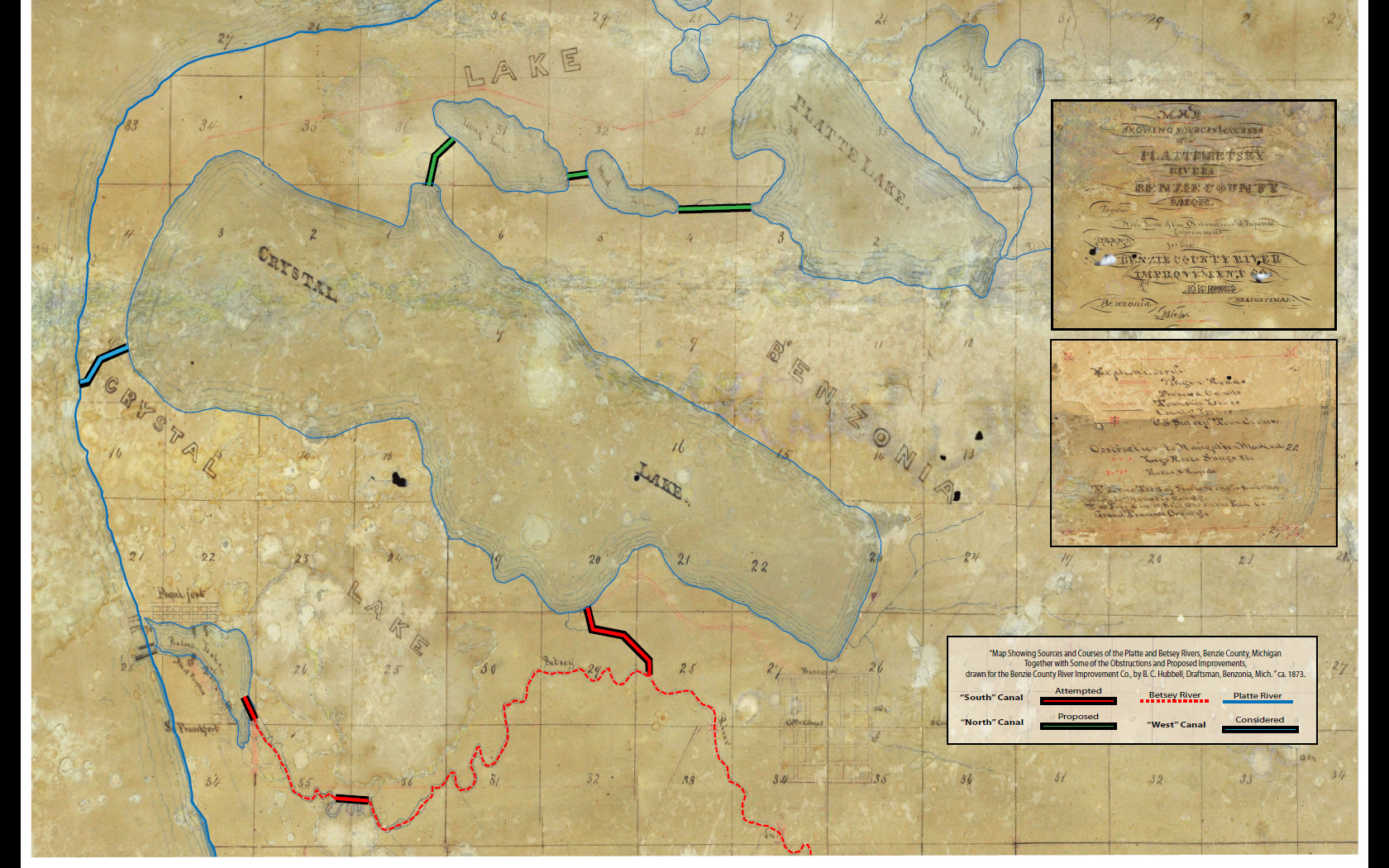Michigan is a land of stories, but some are better known than others. For a full list of Michigan stories, visit For some of the lesser-known stories of Northern Lower Michigan, read on!
The Honor Watch Tower
The village of Honor is one of the smallest in Benzie County, with a population of only 292 recorded in the 1990 census. The village was founded in 1914, but its history as a trading post dates back at least a century. Originally part of Homestead Township, the settlement near modern-day Honor was best known for the Homestead Watch Tower.
Located at the highest point in the area, the Homestead Watch Tower was a large wooden tower built by French pioneers in the 1700s. It was built to keep watch for pirates and Indian raiders, as well as more peaceful visitors like traders and trappers.

Over the years, the Homestead Watch Tower was destroyed in winter storms, then rebuilt, with some regularity. Along the way, it proved an invaluable warning against attacks for everyone in the Homestead area. By the late 1800s, it was known as the Honor Watch Tower. In the 1900s, it was converted to a watch tower by the local fire station, and was known as the Honor Fire Lookout Tower.
Many stories surround the Honor Watch Tower, but the most persistent tale is that the site of the tower was originally a pirate's lair. This may seem unlikely, given the relatively inland nature of the location. However, as the highest point for many miles, it would have been a meaningful landmark.
For more details on the Honor Watch Tower and its location, visit the National Geodetic Survey.
The Draining of Crystal Lake
In 1873, Archibald Jones founded the Benzie County River Improvement Co. with the intention of improving water lots on Crystal Lake, removing obstructions between Crystal Lake and Lake Michigan, and building a steamboat to facilitate the shipment of settlers and goods to and from the interior of the county to the nearby port of Frankfort.
Proposed Outlets to Lake Michigan
Archibald Jones sold many Benzie area citizens on his vision: to connect Crystal Lake and Lake Michigan via a miles-long canal. His vision was bold and ambitious, but undercut by a simple fact: Crystal Lake was 30 feet higher than the level of Lake Michigan. When the canal was opened, water rushed from Crystal lake downhill to Lake Michigan. The result was not the gentle shipping canal of Archibald's dreams, but a rushing river that drained Lake Michigan. By the time the canal was collapsed, it had permanently lowered Crystal Lake by 20 feet.
There was a happy outcome to this story, however. The dramatic lowering of a very large inland lake by 20 feet and the creation of a 21-mile perimeter of sandy beach ensured the future of Crystal Lake as a prime recreational area. It is unique in the histories of Michigan’s inland lakes, and it is still to this day one of the most spectacular and long-lasting river-improvement projects of its time.
Point Betsie Lighthouse
The name Point Betsie originates from the Native American people who were in the area and communicating with the French at the time. The French "Pointe Aux Bec Scies" comes from the Indigenous word "Ug-Zig-A-Zee-Bee" which People of the Three Fires Tribal Council gave to a river flowing into Lake Michigan just a few miles to the south, where sawbill or Merganser ducks thrived. Translated, Point Betsie means Saw Beak Point.
In 1900, due to a critical need for a day marker, the Point Betsie tower and dwelling were painted white, and the roof and parapet were painted red. Point Betsie was the last lighthouse on Lake Michigan to be completely automated; a white, Vega VRB-25 was installed in 1983. Before automation, the lantern room was fitted with a Fourth Order Fresnel (pronounced fruh-nel) Lens. The "wickies" operated this light for 106 years.


